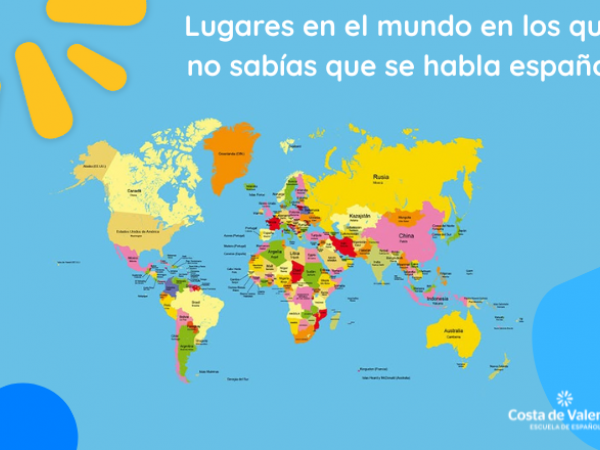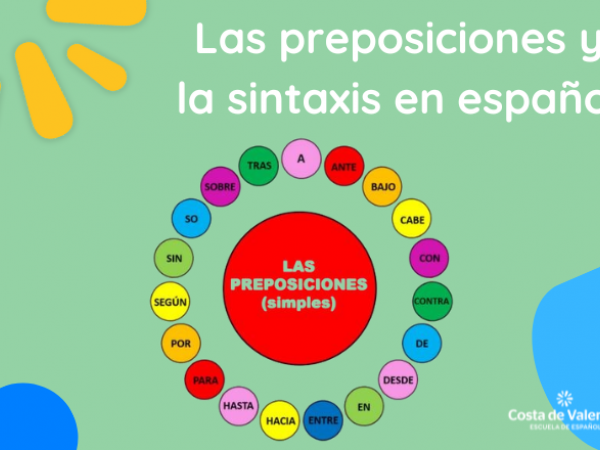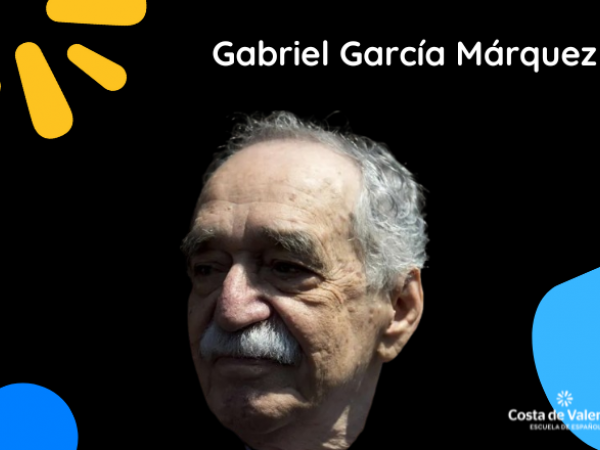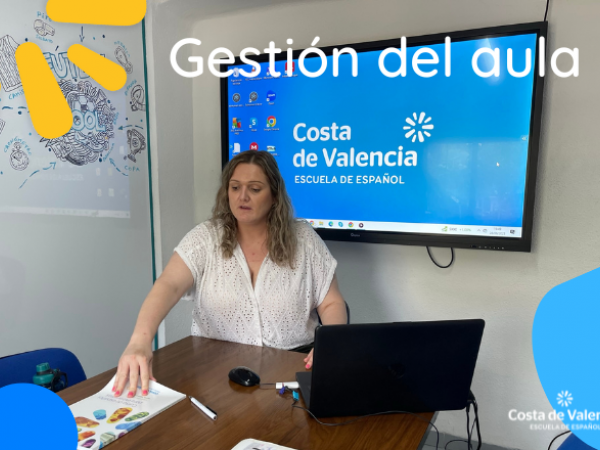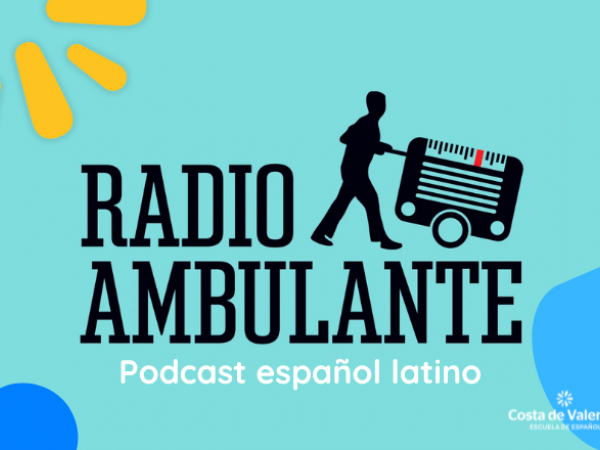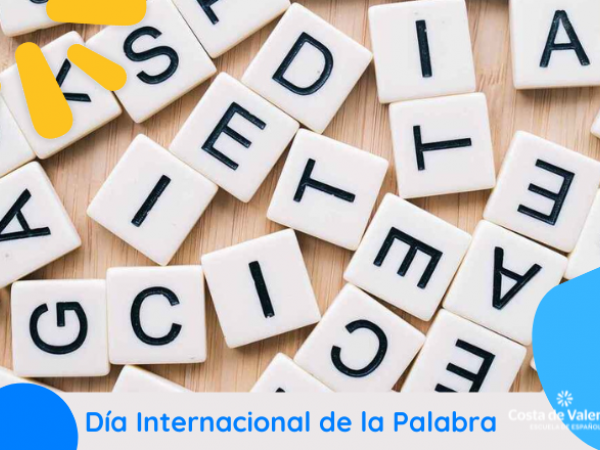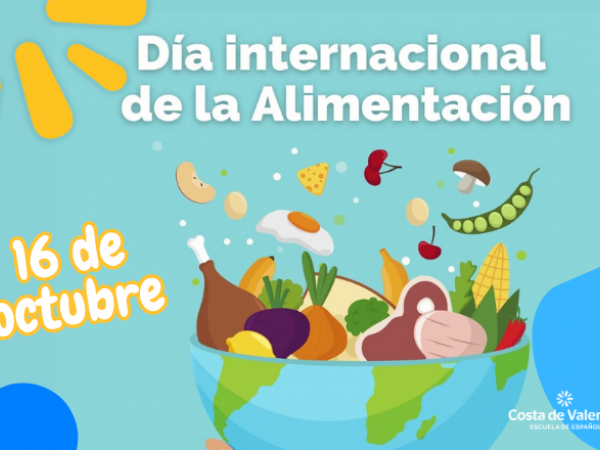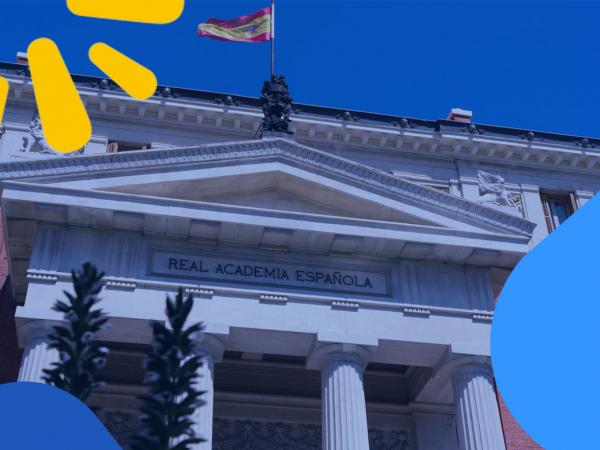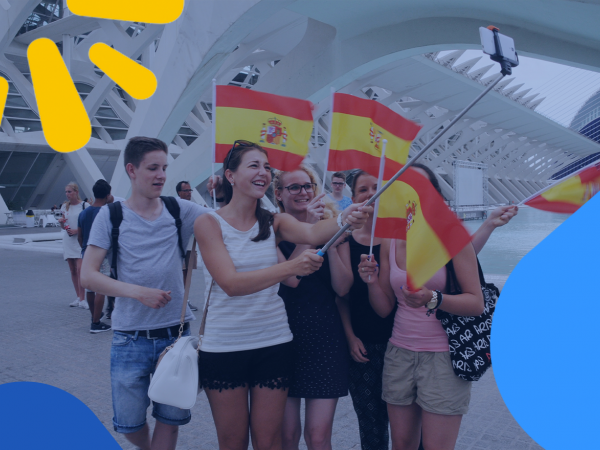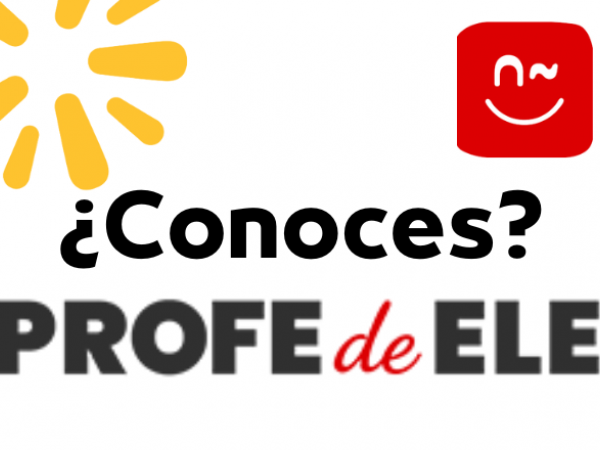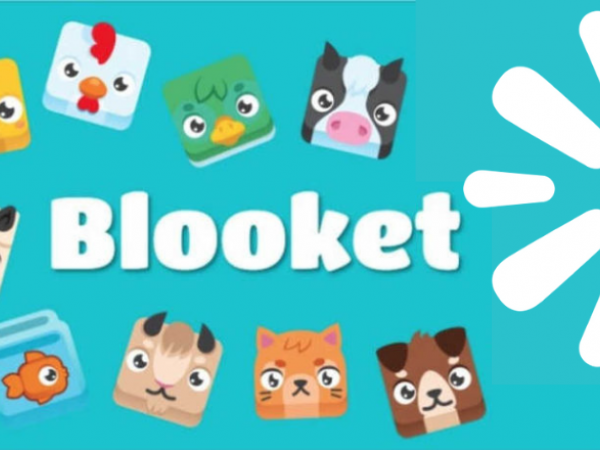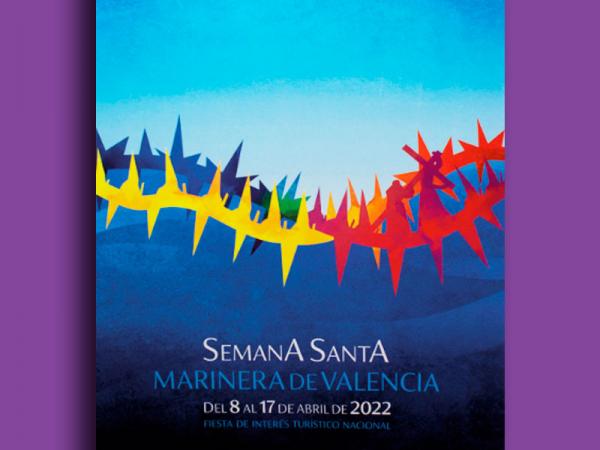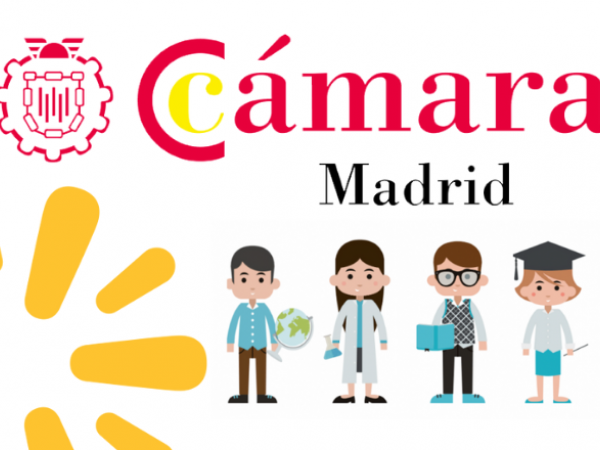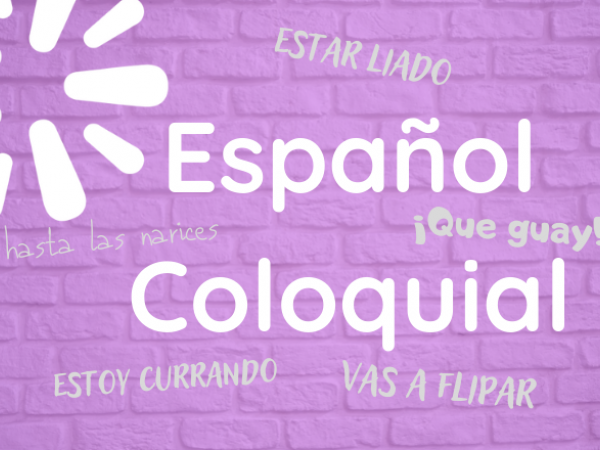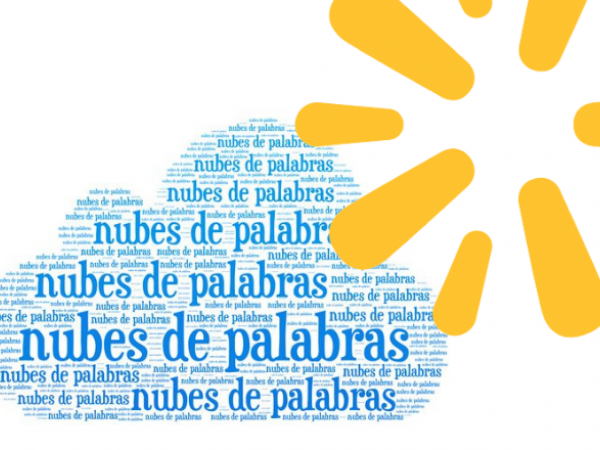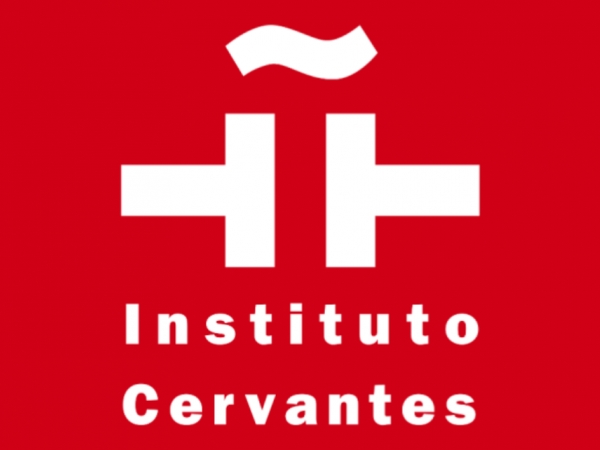El judeoespañol
El judeoespañol
The history of Judeo-Spanish dates back to the days of medieval Spain, where the coexistence of cultures, religions and languages was the norm.
The history of Judeo-Spanish dates back to the days of medieval Spain where the coexistence of cultures, religions and languages was the norm. With the expulsion of the Jews in 1492, many of the Jews living in Spain dispersed throughout the Mediterranean and the Ottoman Empire, taking their language and customs with them. This is how Judeo-Spanish was born, a living testimony of the Sephardic Diaspora that has survived to the present day.
From a linguistic point of view, Judeo-Spanish preserves many characteristics of medieval Spanish, but it has also incorporated elements from other languages such as Turkish, Greek, Hebrew and Arabic, as well as undergoing phonetic, lexical and grammatical changes over the centuries. For example, at the beginning, Judeo-Spanish was written mainly with Hebrew characters, although from the 19th century onwards the custom of using the Latin alphabet spread, albeit with a spelling “in its own way”. At present, in fact, there is no official or particularly uniform spelling. As for archaisms, we can find words like “agora” (now), “mansevo” (mancebo, joven) or “nief” (nieve), or the non-addition of “-y” to verb forms like soy, doy, voy (“so, do, vo”), as well as forms common to countries like Argentina such as “querés, amá, etc.”. If you want to know what Judeo-Spanish sounds like, we recommend RTVE radio broadcasts in this language and of course the Sephardic community website, where you will find articles, television or events to spread the language and culture of these peoples. Today there are an estimated 150,000 speakers of Judeo-Spanish in the world and it is clear that Ladino faces several challenges related to its preservation and transmission to future generations. On the one hand, with the passage of time the number of speakers has decreased significantly, as younger generations have predominantly adopted the languages of the countries in which they settled, leading to a loss of this language as a vehicle of transmission for everyday use. However, it is also true that on the other hand, in recent years there have been efforts to preserve and revitalize Judeo-Spanish. Digital projects, such as the creation of online resources, recordings of native speakers and documentation efforts have contributed to keeping the language alive in some contexts. Associations, such as the one mentioned above, are also making efforts to organize festivals, conferences or educational projects aimed at preserving and transmitting the language and the cultural heritage. Nevertheless, the situation remains fragile and we do not know what will happen to this curious variety, which serves to further enrich our beautiful language.





